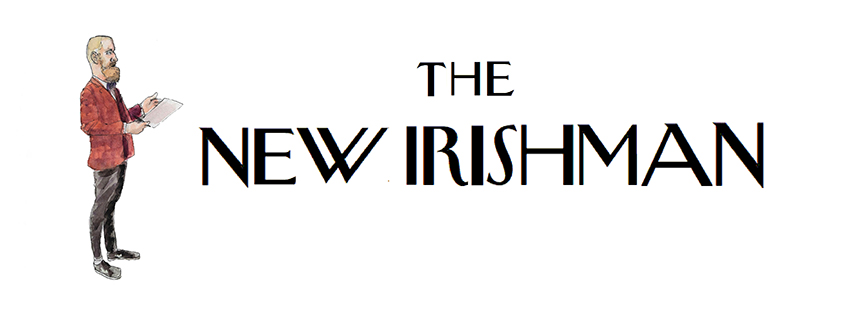It was written in 1913:
"The Celtic Church no doubt had its golden age. It produced saints and men of learning. It sent out its missionaries to the heathen beyond the seas. So famous were its schools that students came to them from distant lands. But centuries before the Normans appeared in Ireland the salt had lost its savour. The Celtic Church had sunk into being a mere appendage of the wild tribes it had once tried to tame. The chiefs of one tribe would sack the colleges and shrines of another tribe as freely as they would sack any of their other possessions. For instance, the annals tell us that in the year 1100 the men of the south made a raid into Connaught and burned many churches; in 1113 Munster tribe burned many churches in Meath, one of them being full of people; in 1128 the septs of Leitrim and Cavan plundered and slew the retinue of the Bishop of Armagh; in the same year the men of Tyrone raided Down and a great number of people suffered martyrdom; four years later Kildare was invaded by raiders from Wexford, the church was burnt and many men slain; and so on with dreary monotony. Bishops and abbots fought in the incessant tribal wars as keenly as laymen. Worse still, it was not infrequent for one band of clergy to make war on another. In the ninth century, Phelim, who claimed to be both Bishop and King of Leinster, ravaged Ulster and murdered its monks and clergy. In the eleventh century the annals give an account of a fierce battle between the Bishop of Armagh and the Bishop of Clonard. Nor did time work any improvement; we read of bloody conflicts between abbots and bishops as late as the middle of the fifteenth century. What influence for good could such a church have had upon the mass of the people?"

